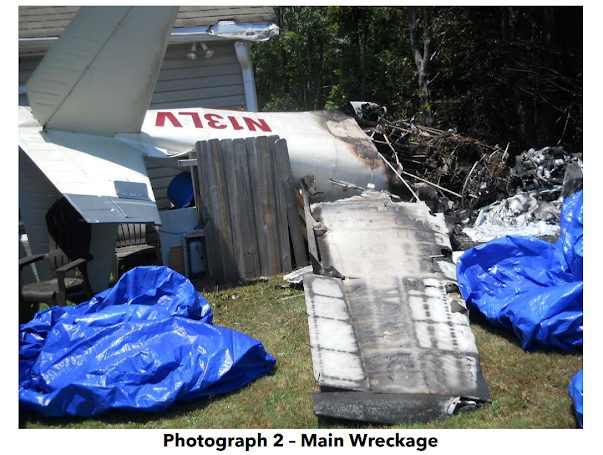https://data.ntsb.gov/carol-repgen/api/Aviation/ReportMain/GenerateNewestReport/194676/pdf
https://data.ntsb.gov/Docket?ProjectID=194676
- Location: Kekaha, Hawaii
- Accident Number: ANC24FA063
- Date & Time: July 11, 2024, 13:05 Local
- Registration: N144KW
- Aircraft: ROBINSON HELICOPTER R44
- Aircraft Damage: Substantial
- Defining Event: Mast bumping
- Injuries: 3 Fatal
- Flight Conducted Under: Part 91: General aviation - Aerial observation
On July 11, 2024, about 1305 Hawaii-Aleutian standard time, a Robinson R44 helicopter, N144KW, sustained substantial damage when it was involved in an accident near Kekaha, Hawaii. The pilot and two passengers were fatally injured. The helicopter was operated as a Title 14 Code of Federal Regulations Part 91 sightseeing flight.
The helicopter was on a local air tour when the accident occurred. Witnesses reported strong, gusting wind and that a “huge” and sudden gust of wind blew over them, which was followed by a very loud “bang” noise. As their attention was drawn to the source of the loud noise, they saw the helicopter wreckage freefalling into the ocean in two sections: a main fuselage section and the tail boom section.
Examination of the wreckage revealed no evidence of any preexisting anomalies that would have precluded normal operation of the helicopter. There was evidence that a mast bumping event had occurred and that the main rotor blades had contacted the airframe, which resulted in an in-flight breakup. There was no recorded information available that could be used to determine the helicopter's airspeed, altitude, or the pilot's control inputs.
A weather study indicated that conditions were conducive to the development of strong downdraft winds. It is likely that the helicopter encountered turbulence due to downdrafts, which resulted in mast bumping and a subsequent in-flight breakup.
Robinson Safety Notice SN-32 discusses flight in high winds and turbulence and explains how improper application of control inputs in response to turbulence can increase the likelihood of a mast bumping accident. It recommends that pilots reduce airspeed below normal cruise speed to 60 to 70 knots for flight in significant turbulence. It suggests techniques to avoid overcontrol of the helicopter and says to avoid flying on the downwind side of hills and ridges.
- Probable Cause: An encounter with turbulence due to downdraft winds that resulted in mast bumping and an in-flight breakup.























